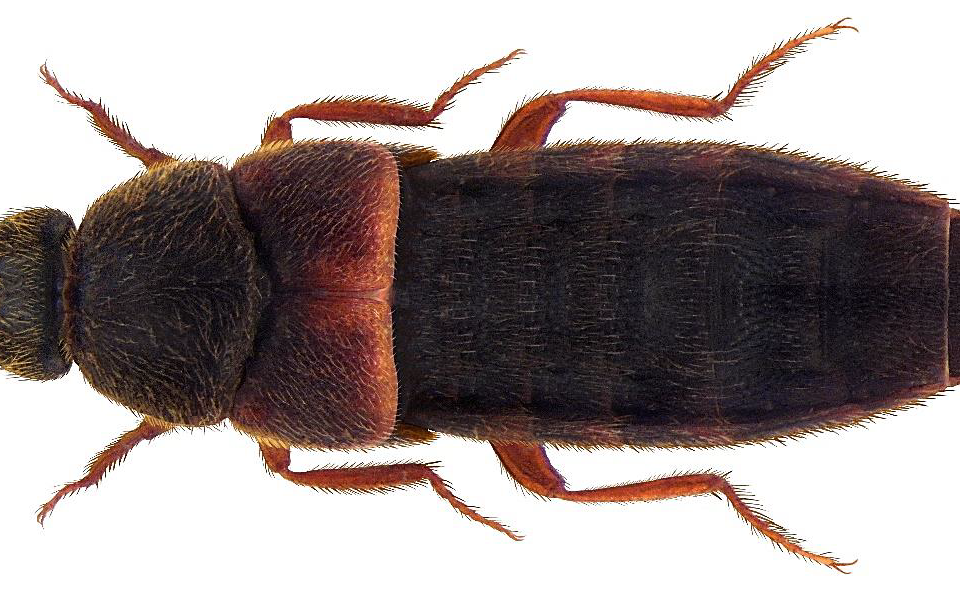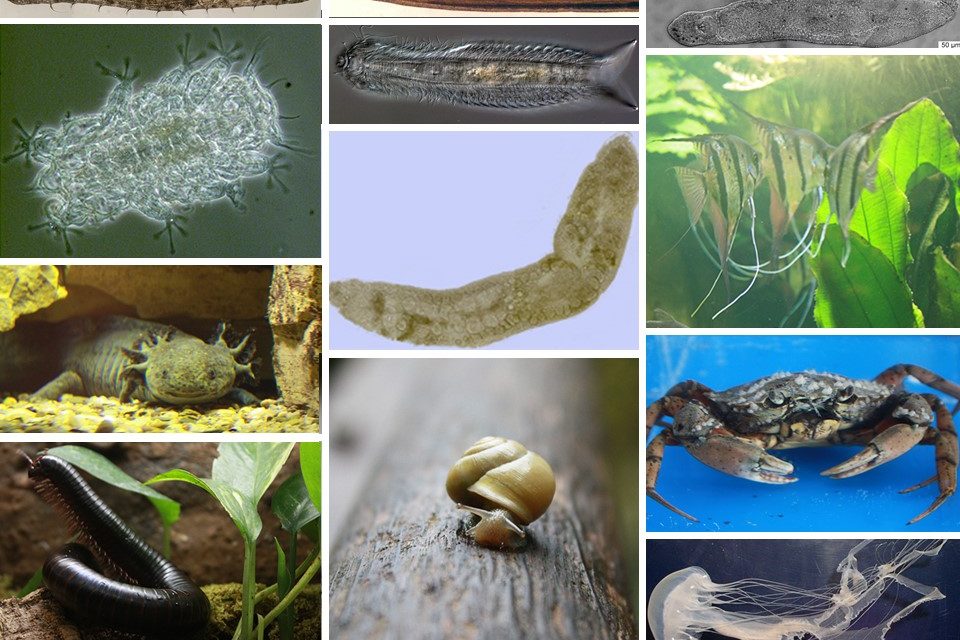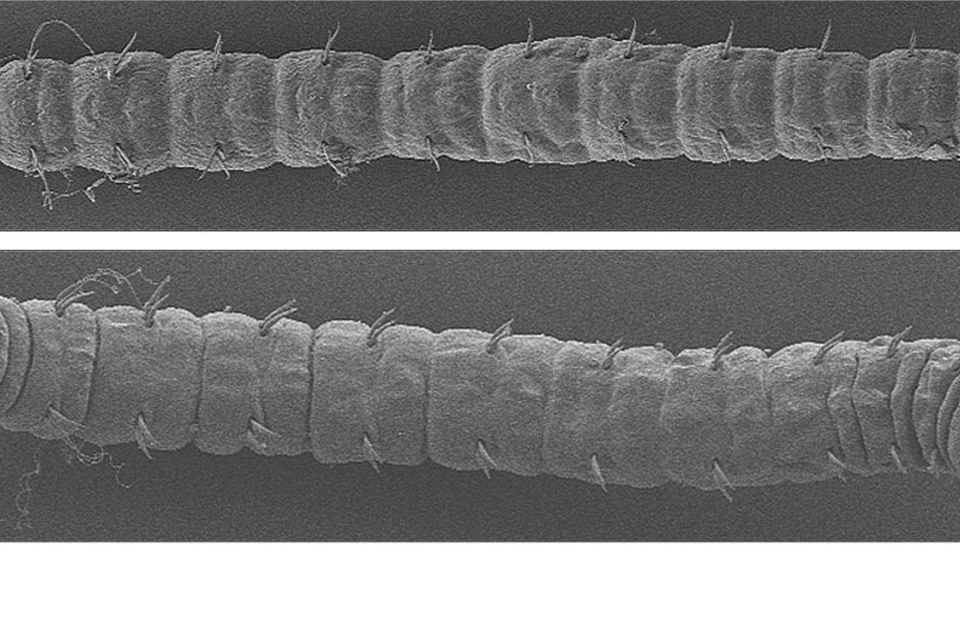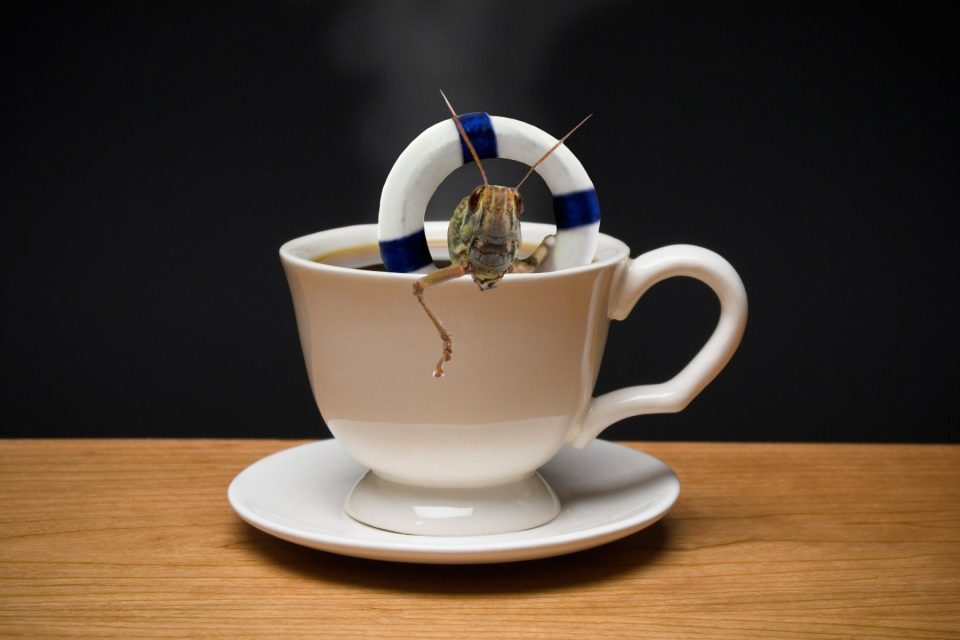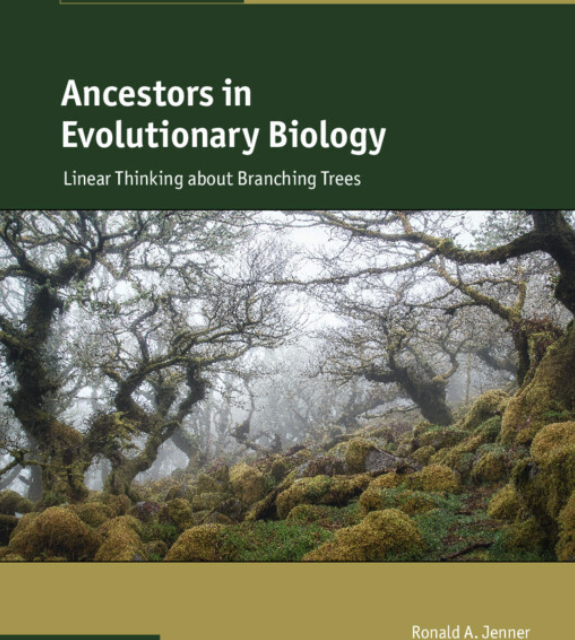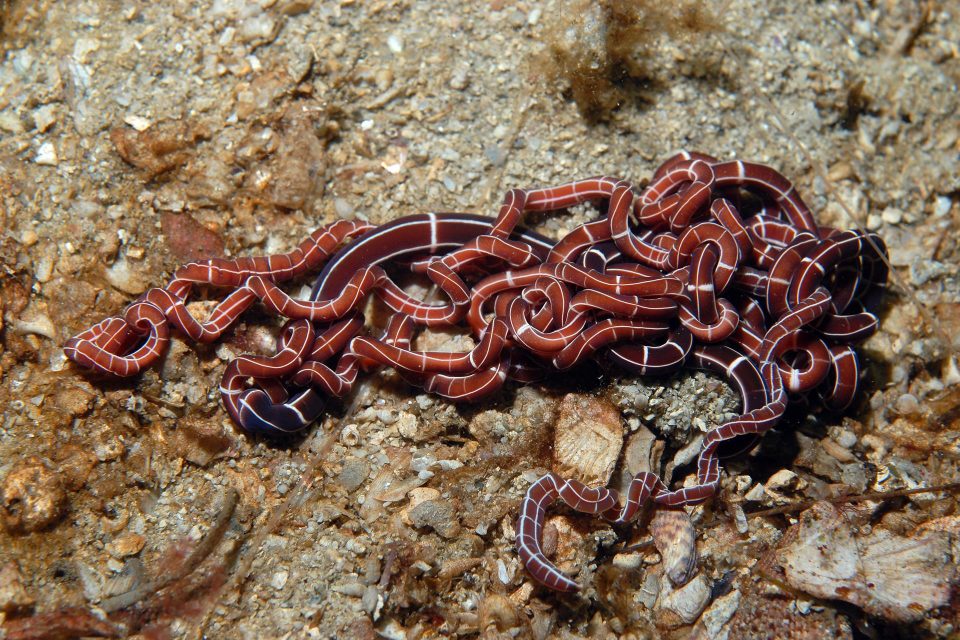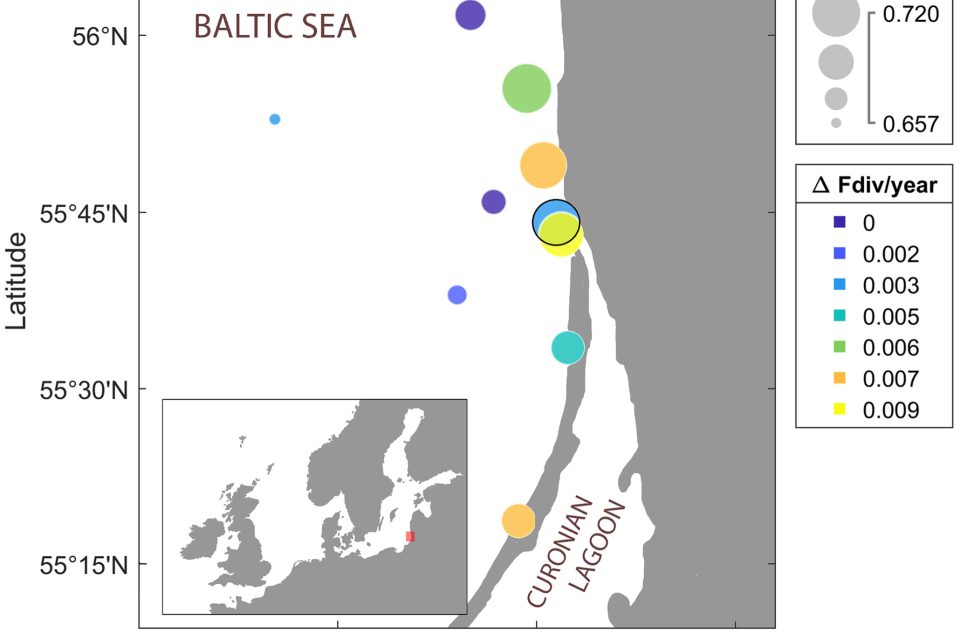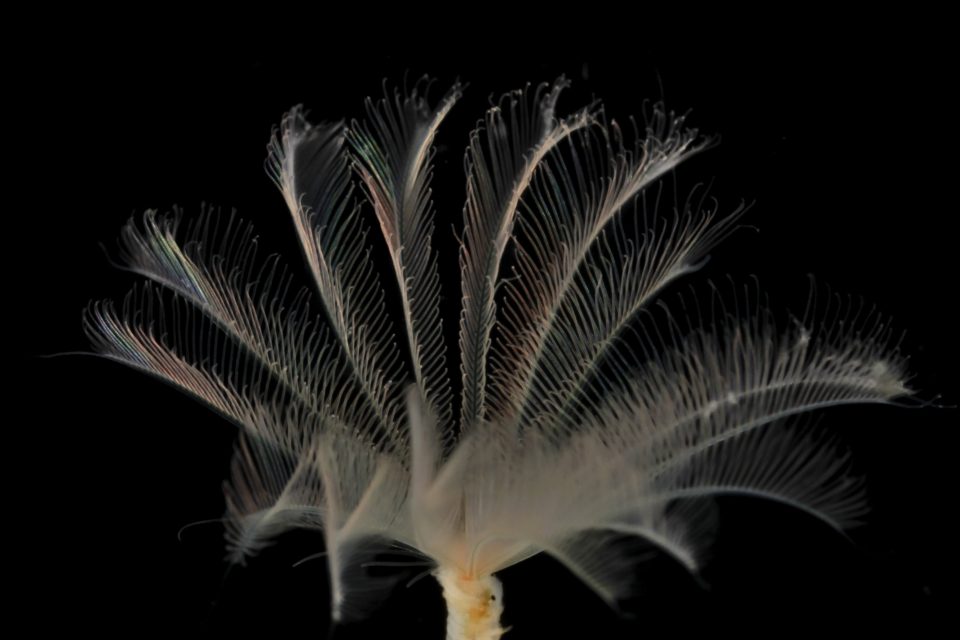
Group of the month: Feather duster worms (Annelida, Sabellidae)
This month it is time for another group of polychaetes, the family Sabellidae. Sabellids are present from intertidal to abyssal marine waters all around the world (Rouse et al. 2022). They inhabit both soft substrates such as sand or mud and hard substrates such as rocks or coral […]
